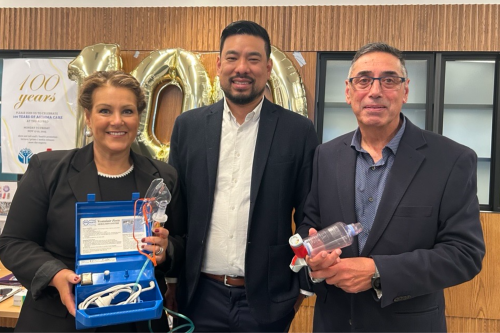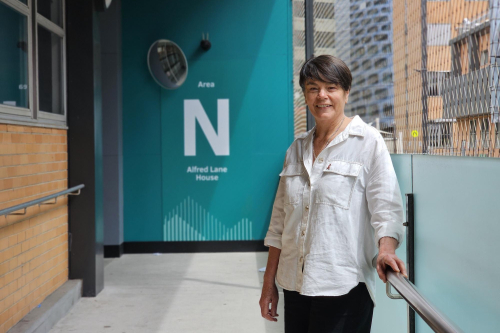Australian-first trial aims to halve prostate cancer treatment time
_800_533.png)
The Alfred has become the first hospital in Australia to trial a groundbreaking treatment approach for intermediate-risk prostate cancer, cutting the number of sessions required for radiation therapy to the whole prostate by more than half.
The trial, which commenced this month, is designed to significantly reduce the impact and inconvenience of treatment on patients, particularly those living in regional areas, while still achieving similar outcomes and minimising treatment related side effects.
Alfred Radiation Oncologist Prof Wee Loon Ong says the current standard radiation therapy for intermediate risk prostate cancer treatment is between five and 20 sessions, compared to the trial which treats patients in just two.
“Having a cancer diagnosis can be stressful and significantly impact your life,” Prof Ong said, who leads the study with Alfred Radiation Oncologist Dr Therese Kang.
“With this trial, we’re hoping to reduce the inconvenience of treatment on patients and their families, so their daily activities – like work, study or family commitments – aren’t disrupted by multiple trips to hospital over days and weeks.”
The 2SHOTS trial uses the SABR (stereotactic ablative body radiation therapy) technique, which allows higher doses of radiation to be safely delivered with high precision to the entire prostate gland while avoiding radiation to surrounding healthy tissues, over fewer sessions.
Trial recipients are given two doses of radiation therapy, one week apart, and will be followed up for the next five to 10 years by the team.
John, 79, was the first patient in the trial, and said it appealed to him because he’d only need to attend The Alfred twice rather than five times.
“I was diagnosed with prostate cancer last year and my GP sent me straight to The Alfred,” John said.
“Once the team decided radiation therapy was the best treatment for me, I was offered the opportunity to participate in the trial which I said yes to immediately.”
“I knew that not only did it mean fewer radiation therapy sessions for me, it meant I’d be contributing to something bigger, and be part of shaping what treatments will look like for others in the future.”
To be eligible for the trial, the prostate cancer must be intermediate risk and have not spread elsewhere.
_500_333.jpg)

